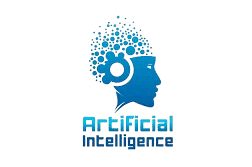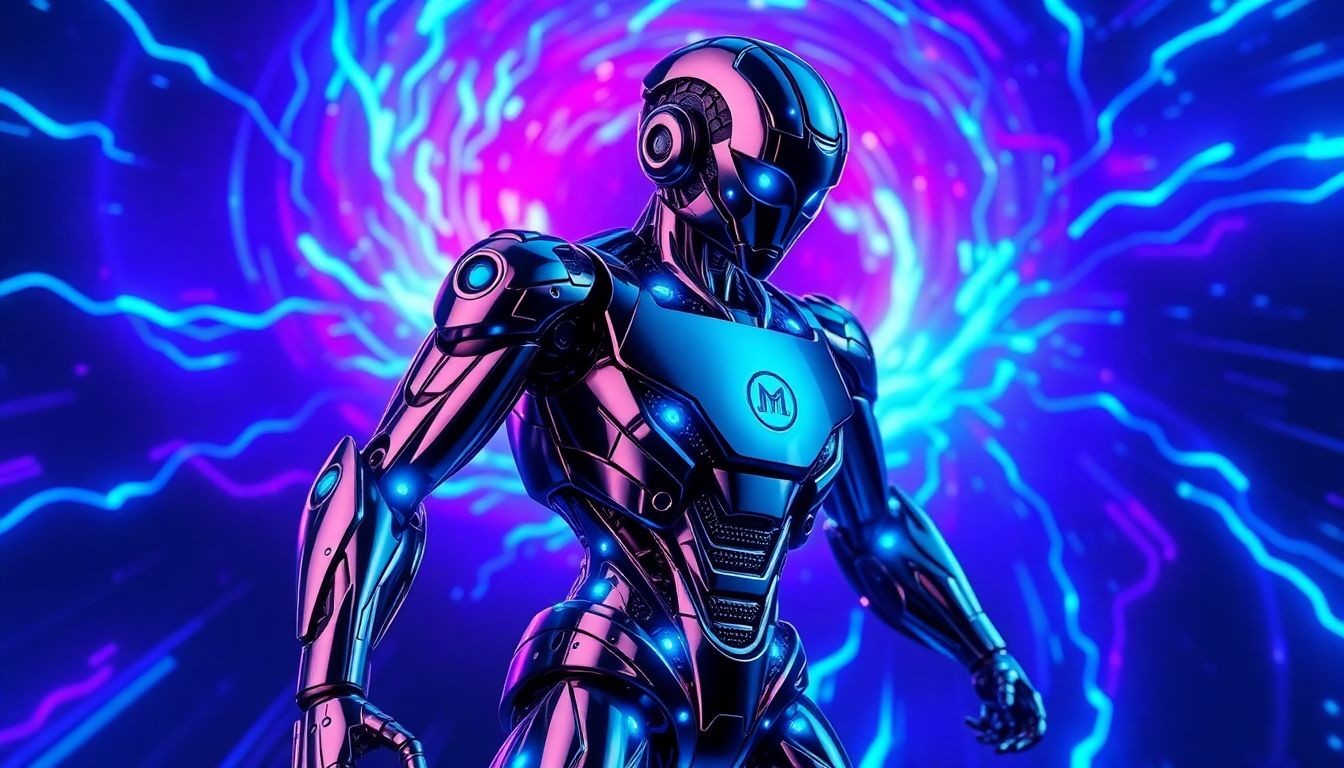Understanding AI Art Robots
Understanding AI Art Robots
AI art robots combine software and hardware to generate art. Some are digital tools, while others are physical robots capable of painting or drawing.
The Tech Behind the Canvas
AI art robots use neural networks and diffusion models to create art. Generative Adversarial Networks (GANs) involve two networks—one creating art and the other critiquing it—resulting in increasingly refined outputs. These systems are trained on vast datasets of images to recognize patterns and generate original art.
AI Art Platforms and Tools
Popular platforms like Midjourney, ControlNet, and Stable Diffusion offer unique features for creating art. Some are user-friendly, while others require technical expertise. Each platform has its own style and pricing model.
Key Features and Capabilities
AI art robots can mimic the styles of famous artists, generate images from text prompts, and even animate photos. They make it easy to create unique and imaginative art with minimal effort.
Reasons to Use AI Art Robots
AI art robots offer several benefits, including democratizing art creation, increasing efficiency, and inspiring new creative possibilities.
The Democratization of Art Creation
AI art tools allow anyone to create art, regardless of their artistic skills. By simply entering a text prompt, users can generate stunning visuals, making art more accessible to all.
Greater Efficiency and Productivity
AI can help artists work faster by generating ideas and automating repetitive tasks. This allows artists to focus on the creative aspects of their work.
Exploring New Creative Horizons
AI can produce unexpected and innovative art styles, helping artists break out of their creative ruts and explore new possibilities.
Ethical and Legal Issues of AI Art
The rise of AI art raises important questions about copyright, originality, and the impact on human artists.
Copyright and Ownership Conundrums
Determining who owns AI-generated art is a complex issue. Is it the user who provided the prompt, the company that created the AI, or the AI itself? Current laws are unclear, leading to ongoing debates.
Is There Originality in AI Art?
Critics argue that AI art lacks true originality, as it relies on patterns learned from existing works. The question of whether machines can be creative remains unresolved.
Impact on Human Artists and Job Displacement
There are concerns that AI could replace human artists, especially in commercial fields. Artists must adapt to this new landscape by finding ways to collaborate with AI.
The Future of AI in Art
AI art is here to stay and will continue to evolve, potentially transforming how artists work and how art is valued.
Technological Advancements in AI Art
AI art is becoming increasingly sophisticated, with the ability to generate realistic animations and personalized art based on individual preferences.
Collaboration Between Humans and AI
The future of art may involve a symbiotic relationship between humans and AI. Artists can use AI as a tool to enhance their creativity, resulting in unique and innovative works.
AI-Generated Art in the Art Market
AI art is gaining traction in the art market, with new platforms emerging for buying and selling AI-generated works. Valuing AI art presents new challenges for the industry.
Tips and Tricks for Using AI Art Robots
If you’re interested in exploring AI art, here are some tips to get started.
The Art of Prompt Engineering
Crafting effective prompts is key to generating high-quality AI art. Use descriptive and specific language to guide the AI in creating the desired output.
Ethical Considerations and Responsible AI Use
Be transparent about using AI in your art and avoid copying other artists’ work. Use AI responsibly and ensure your creations do not harm others.
Integrating AI into Your Creative Process
Use AI to brainstorm ideas, create prototypes, and automate repetitive tasks. Combine AI-generated elements with your own creativity to produce unique art.
Conclusion
AI art robots are transforming the creative landscape, offering new opportunities while raising important ethical and legal questions. As AI continues to evolve, the future of art may involve a collaborative partnership between humans and machines. By embracing this technology responsibly, artists can unlock new levels of creativity and innovation.

